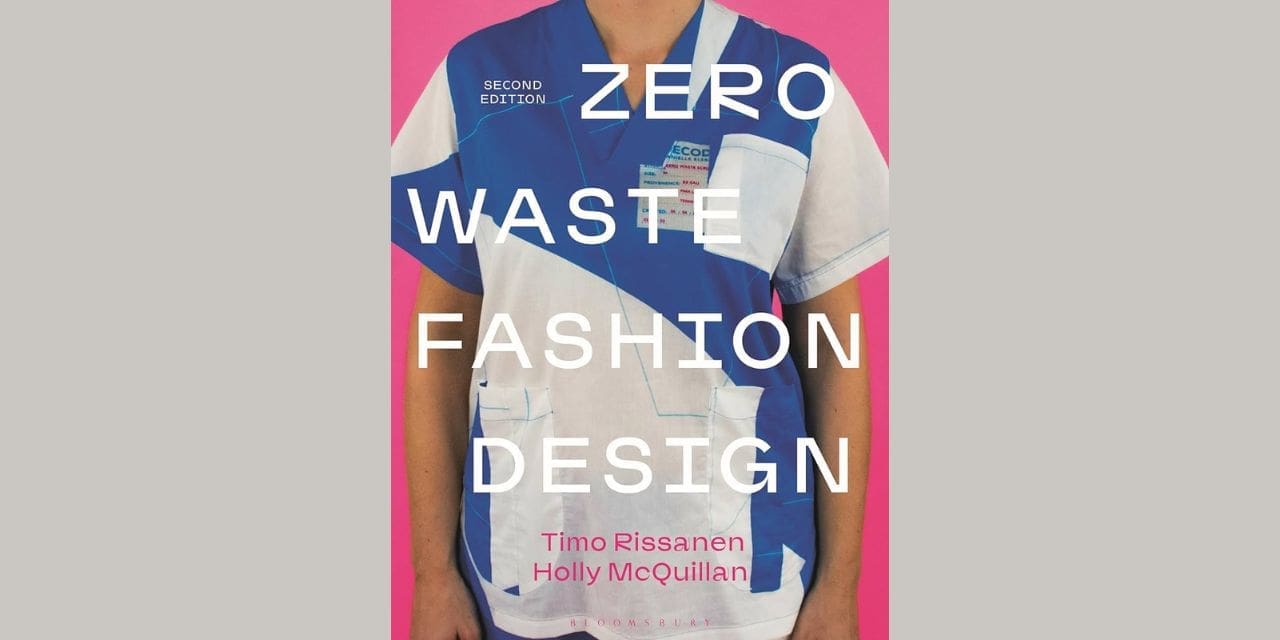In recent years, the fashion world has been increasingly criticized for its ecological footprint, sparking a significant rise in the zero-waste fashion initiative. College students, known for their innovation and activism, are at the forefront of this sustainable fashion revolution. They are rethinking how clothing can be designed, produced, and consumed in environmentally friendly ways.
As students juggle academics and extracurriculars, many seek efficient solutions like essay writing services or assistance with requests like “do my project for me on PaperWriter” to manage their workload. Similarly, in the realm of sustainable fashion, they are finding creative and practical ways to minimize waste. This movement not only reflects a shift in consumer habits but also aligns with the educational goals of learning to solve real-world problems.
The Foundation of Zero-Waste Fashion
Zero-waste fashion seeks to design and manufacture clothing with little to no textile waste, challenging established norms in the fashion industry by promoting practices that lessen environmental harm. College students, with their fresh perspectives and educational resources, are experimenting with innovative design techniques and sustainable materials to create fashion that’s both stylish and eco-friendly. They are leading the charge in redefining fashion norms, proving that style and sustainability can coexist.
Engaging in Sustainable Practices
Sustainability has become a key component of college fashion programs, where students learn the significance of ethical production techniques and the consequences of fabric waste. Students are learning to design with a purpose, considering the lifecycle of garments from the drawing board to the disposal. Projects and assignments often focus on creating garments that use every inch of fabric, avoiding the scraps that typically end up in landfills. This holistic approach to fashion education is nurturing a new generation of designers committed to sustainability.
Collaborating for a Greener Future
Campus fashion shows, clubs, and workshops provide platforms for students to showcase their zero-waste designs and share ideas. Collaborations among students from different disciplines—such as environmental science, business, and design—foster a multidisciplinary approach to sustainable fashion. These efforts do more than enlighten. They forge a dedicated community of environmental guardians. Such a cooperative environment enriches the educational journey, inspiring collective innovation and dedication to green practices.
Innovations in Sustainable Fashion Design
Upcycling and Recycling
One of the most popular methods of zero-waste fashion among college students is upcycling, where old clothes or materials are transformed into new, fashionable pieces. This approach not only diminishes waste but also opens avenues for inventive self-expression. Recycling programs on campuses further support this initiative, providing materials for student projects and fostering a culture of sustainability. This trend is growing, with upcycling becoming a mainstream concept in college fashion departments.
Digital and Tech-Driven Design
Technology plays a significant role in sustainable fashion, with students utilizing digital tools to minimize waste in the design process. Software for pattern making and 3D printing can optimize fabric usage, reducing the amount of waste generated. These tech-driven approaches not only enhance efficiency but also prepare students for the future of fashion. They are becoming integral to modern fashion education, merging creativity with technological innovation.
Sustainable Material Innovation
Research into alternative materials is a key focus for students aiming to reduce the environmental impact of fashion. Innovations include using biodegradable fabrics and recycled materials and even developing new textiles from agricultural waste. These eco-friendly materials present a viable option to conventional textiles, expanding the creative horizon in fashion design. This forward-thinking research is setting new standards for the industry, prioritizing environmental health alongside aesthetic appeal.
Modular and Transformative Design
Students are exploring modular and transformative clothing design, allowing for multiple styles or functions in one garment, extending its lifecycle and versatility. This innovative approach challenges traditional clothing concepts and reduces the need for multiple items, aligning with minimalism and sustainability in fashion. By doing so, they are redefining fashion’s future, making it more adaptable, personalized, and environmentally conscious, leading to a significant shift in how we view and consume fashion.
The Role of the Consumer and Future Trends
Mindful Consumption
Education on sustainable fashion extends beyond design. It also encompasses consumer behavior. Students champion conscientious consumerism, urging their contemporaries to reflect on the ecological consequences of their clothing selections. Workshops and campus events often discuss topics like the importance of quality over quantity and the benefits of supporting local and sustainable brands. This educational outreach is crucial in building a culture of conscious consumerism among the student body.
The Future of Fashion Is Green
The zero-waste movement is gaining momentum, with college students leading the charge toward a more sustainable fashion industry. As these students graduate and enter the fashion world, they bring with them the principles of sustainability and innovation. The future of fashion looks green, with a focus on reducing waste, embracing technology, and promoting ethical practices. These emerging designers are trailblazers, not mere trend followers, steering the fashion sector toward a future that is both more ethical and sustainable.
Conclusion
College students are not just participating in the zero-waste fashion movement. They are driving it. Through innovative design, sustainable practices, and mindful consumption, they are demonstrating that fashion can be both beautiful and environmentally responsible. The movement aligns with the educational ethos of applying learning to solve global challenges, showing that with creativity and commitment, a sustainable fashion future is possible.

